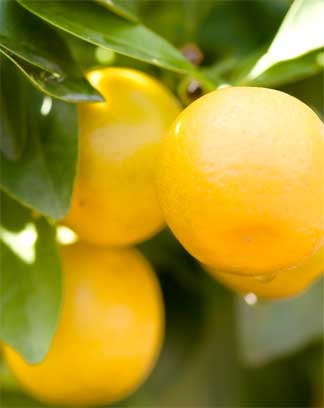One trend for homeowners and fruit trees over the last few years has been the development of a wide variety of fruits on dwarf root stocks. Even the smallest garden can find room for dwarf peaches, apples, pears, and plums. Gardeners have learned to find space for three varieties where only one grew before by planting three trees in the space of one large tree.
If you are acquiring permanent fruit trees for your garden, buy from a local nurseryman who takes pride in selling only the trees that do well and bear fruit with reliability in your part of the country. But, if you’d like to experiment with tubbed fruit trees, trees that you will keep only as long as they satisfy you, try anything, including dwarf citrus from California.

There are gardeners as far North as Seattle who purchased dwarf citrus trees (lemons, mandarins, oranges) from nurseries in California while on visits have grown them quite satisfactorily this in large pots or tubs: spring through fall they stay out on the terrace and through the winter inside in daylighted basements.
In smaller fruit up North gardeners have hardly any limits: grapes, raspberries, blackberries, gooseberries, blueberries, currants and strawberries.
To train for example an fruit tree as a small tree, make a high crown (what nurserymen call a standard) ask the nursery not to cut off the tip on the “whip” tree when you buy it. Plant it along wide a solid stake maybe 8-10 foot in height. Tie the tree to the stake as the trunk grows upward. When “tying” the tree use a type of tie what expands.
Your local nursery should be able to supply you with some. Let side branches form, but pinch off their tips periodically so they won’t grow to become major branches. When the tip reaches the top of the stake, cut it off. Allow shoots that come out just below the cut to develop into 3 or 4 main branches.
